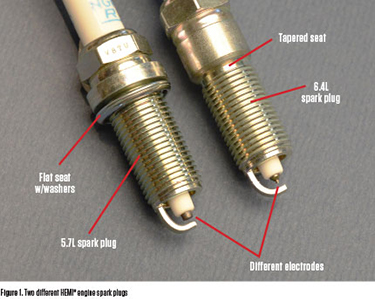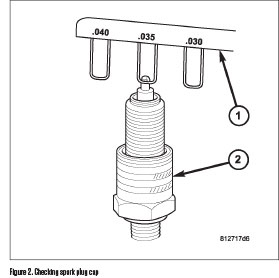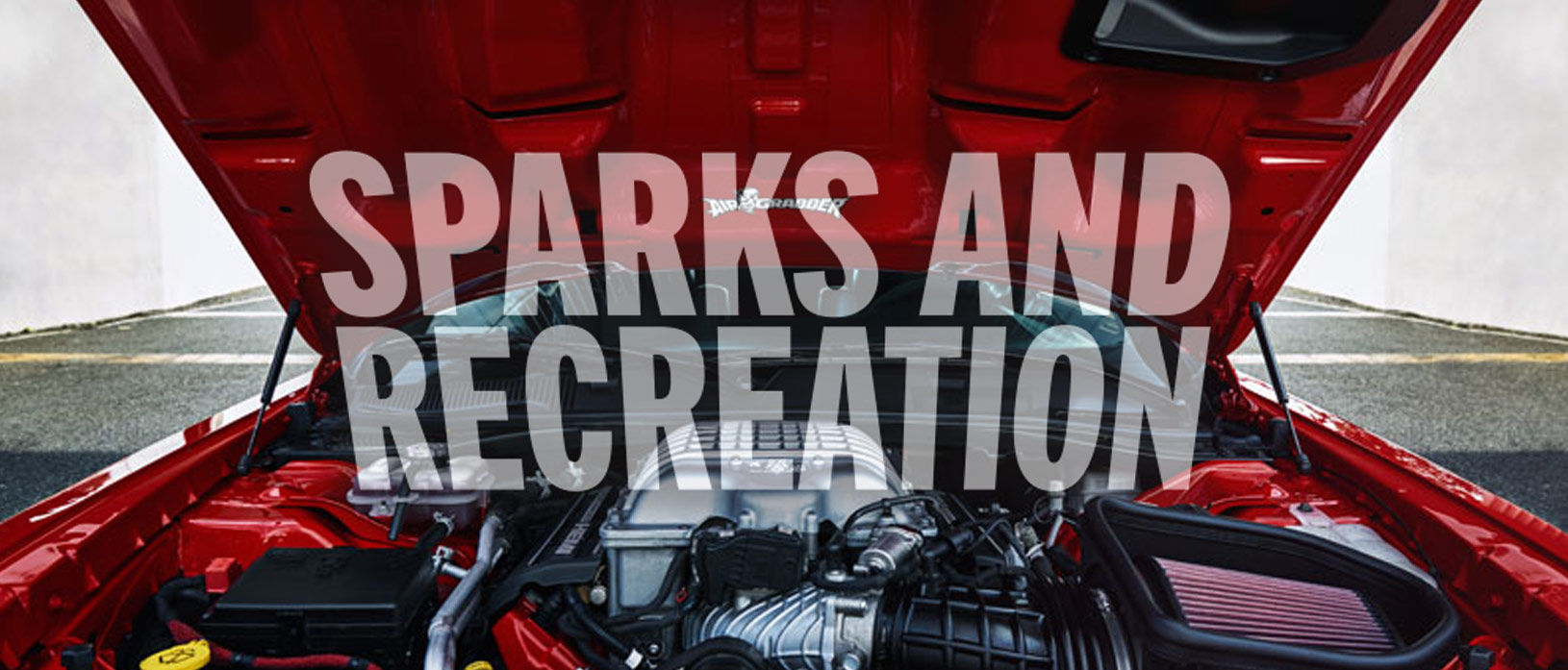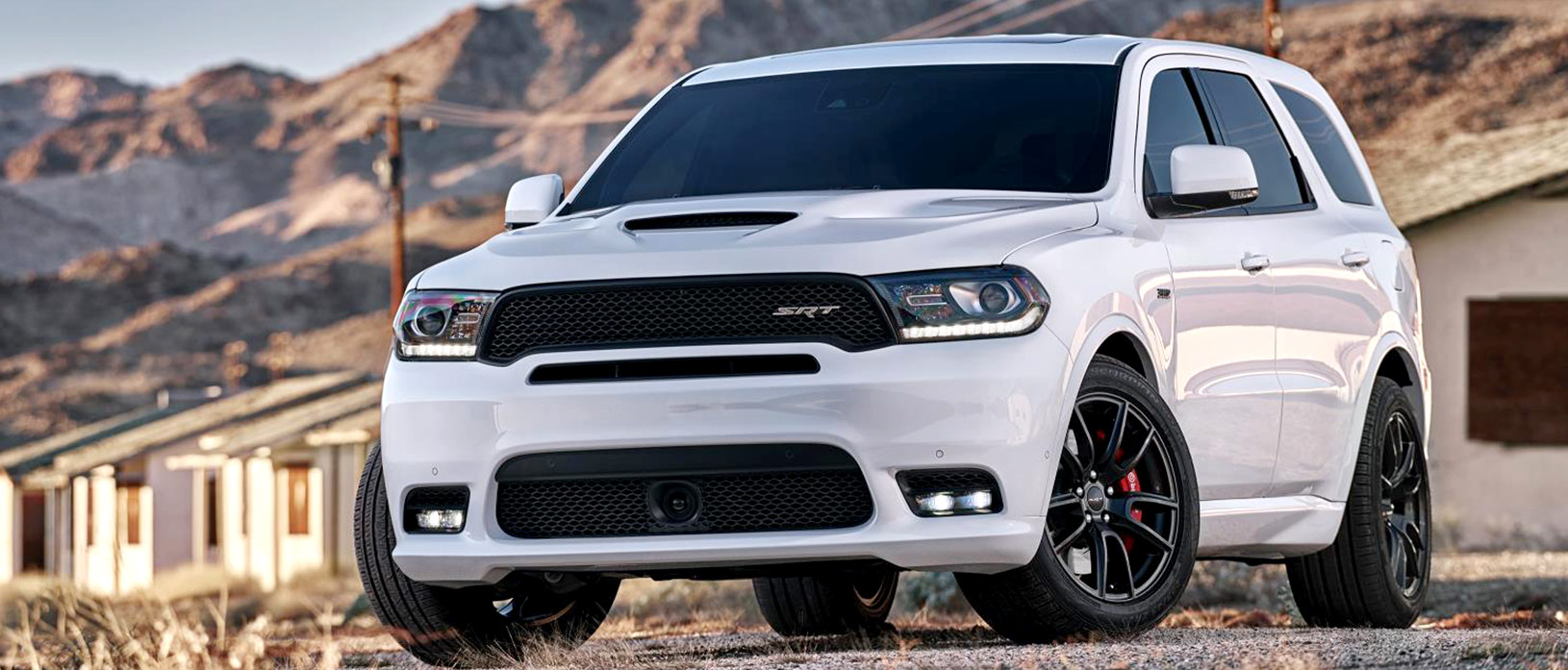Sparks and Recreation
6 years ago How-To
All this power requires a strong start.
The rebirth of the legendary HEMI® V8 engine in 2004 proved to be a wise business decision by Chrysler Group LLC. Because HEMI (engine) isn’t just a high-performance option for street racers; it has become a staple of the FCA US LLC powerplant lineup. While commonly found in the popular Dodge Challenger and Charger, this legend also feels right at home in such vehicles as Jeep® Grand Cherokee and Dodge Durango.
Throughout the years, the HEMI V8 engine has been produced in several different variatios of displacement and power. First, there was the 5.7L HEMI V8 engine that started the all-new HEMI engine revolution in 2004. This version is still the base HEMI engine today. The next year, the 6.1L SRT® was introduced, bringing a higher level of performance. That version was built until 2010. In 2011, the SRT displacement was increased to 6.4L. It remains for the 2019 model year. Most recently, the 6.2L supercharged HEMI V8 engine was introduced in 2015.
SPARK PLUG MAINTENANCE
Before the days of emission controls, lead-free gasoline and clean burning engines, spark plug maintenance (cleaning, gap checking and replacement) was a common practice. Spark plugs would become dirty over a relatively short period of time (~15,000 miles) from the lead in gasoline and the carbon from incomplete combustion. In addition, the center electrode would burn away, increasing the plug gap. Failure to keep spark plugs clean would lead to performance and starting problems. Spark plug maintenance was a serious matter.
But, as engine control technology progressed, spark plugs remained cleaner for longer periods of time, reducing maintenance tasks and extending service life. Everyone was amazed when the replacement cycle became 30,000 miles or 60,000 miles, or the unthinkable 100,000 miles! And, when the plugs were eventually replaced, the plugs were often clean but with burned electrodes. The burned electrodes would result in excessively wide plug gaps that would cause performance problems.
With the HEMI V8 engine, spark plug replacement requirements are based on model year and displacement. The first HEMI engine, the 5.7L, required replacement every 30,000 miles. This interval for this engine continued until 2014. In that model year, the replacement interval was extended to 100,000 miles. The first SRT8® engine, the 6.1L HEMI V8 engine, and its successor, the 6.4L engine, require spark plug replacement at 96,000 miles. The 6.2L supercharged HEMI V8 engine on the other hand has a 60,000-mile service life for its spark plugs.
SPARK PLUG IDENTIFICATION
From a maintenance standpoint, it’s important to know which HEMI V8 engine is in the vehicle being serviced.  Not only are the service intervals for replacement different, but not all HEMI engines use the same spark plug. That’s an important point because some are a standard thread design and some are tapered thread (see Figure 1). These two different designs are not interchangeable. Installing, or rather trying to install, the wrong style spark plug can damage the spark plug and, quite possibly, the thread in the cylinder head.
Not only are the service intervals for replacement different, but not all HEMI engines use the same spark plug. That’s an important point because some are a standard thread design and some are tapered thread (see Figure 1). These two different designs are not interchangeable. Installing, or rather trying to install, the wrong style spark plug can damage the spark plug and, quite possibly, the thread in the cylinder head.
The 5.7L spark plug is a traditional design with straight threads. It’s also nickel-plated. The 6.4L SRT engine plug has tapered threads and has a platinum resistor design. The resistance values range from 3,500 to 20,000 ohms when checked with at least a 1,000-volt tester. Do not use an ohmmeter to check spark plug resistance as an inaccurate reading will result.
REPLACING THE SPARK PLUG
There are two spark plugs per cylinder in a HEMI V8 engine. So, when the plugs need replacing, there are 16 to change, not eight. Also, it should be noted that all HEMI V8 engines use coil-on-plug ignition systems. All except the 2004-2005 engines, that is. Let’s look at that system in some more detail as replacing spark plugs on this design is different than the procedure for coil-on-plug.
The early 5.7L HEMI V8 engines are equipped with eight separate and independent ignition coils. The one-piece coil bolts directly to the cylinder head cover. It attaches the secondary output terminal directly to the spark plug using a rubber boot seal. Each coil has a second output terminal. The second terminal connects a conventional spark plug cable to a spark plug on the opposite cylinder bank. A separate primary electrical connector is used for each coil.
The spark plug cables that connect the coil to the spark plug on the opposite cylinder bank are placed and routed in a special plastic loom to keep the cables separated. The loom is clipped to the intake manifold. To prevent a mismatch of cables, a corresponding spark plug/coil number is displayed on each spark plug cable. These numbers are located on the top of the intake manifold to the right of the throttle body.
Now, let’s review the procedures to replace the spark plugs on the 2004-2005 5.7L HEMI engine … eight of the 16 spark plugs are located under an ignition coil, those coils will have to be removed.  Before removing or disconnecting any spark plug cables, note the original position of the cables. Remove the cables one at a time. Spray compressed air into the cylinder head opening for each plug. This will prevent dirt from entering the combustion chamber. Remove the spark plug.
Before removing or disconnecting any spark plug cables, note the original position of the cables. Remove the cables one at a time. Spray compressed air into the cylinder head opening for each plug. This will prevent dirt from entering the combustion chamber. Remove the spark plug.
Check the spark plug gap on the new plug (see Figure 2). Be sure the gap meets spec. Special care should be taken when installing the new spark plugs into the cylinder head spark plug wells. Start the spark plug threading into the cylinder head by hand to avoid cross threading. To aid installation, fit a piece of rubber hose to the new plug. These plugs are a torque-critical design, so do not exceed 15 ft.-lbs. of torque when tightening the plugs.
Install the spark plug cables. Apply dielectric grease inside the boots to aid installation. To prevent ignition crossfire, the spark plug cables must be placed in the routing loom in the original positions. Install the ignition coils to finish the installation.
For all HEMI V8 engines built after 2005, spark plug replacement is a bit more straightforward. As mentioned, these engines are equipped with coil-on-plug ignition systems. First, remove the engine cover. Then, disconnect the ignition coil wire harness connector. Remove the two ignition coil bolts, then, with a slight rocking motion, remove the coil (the rubber boots are integral with the coil).
Install the new spark plugs. Start the spark plug threading into the cylinder head by hand to avoid cross threading. To aid installation, fit a piece of rubber hose to the new plug. Tighten the spark plugs to the proper torque:
5.7L engine – 18.5 to 22 ft.-lbs.
6.4L engine – 7.5 to 15 ft.-lbs. (do not exceed 15 ft.-lbs.)
Install the ignition coil. Repeat in the same manner for the other seven cylinders. Install the engine cover.
Note: Always tighten spark plugs to the specified torque; excessive or insufficient torque will cause damage to the cylinder head or spark plug.




